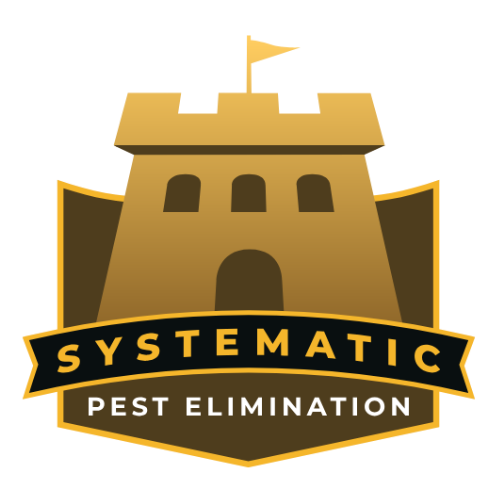In the heart of New York City’s bustling culinary scene, restaurant owners face a formidable challenge: pests. NYC’s urban environment provides pests like rodents, cockroaches, and flies with abundant food sources and hiding spots. For restaurants, maintaining a pest-free environment is not only crucial for health and safety but also for upholding their reputation. Read on for practical strategies for commercial pest elimination tailored to NYC restaurants.
NYC Restaurant Inspections
NYC restaurant inspections are conducted by the New York City Department of Health and Mental Hygiene (DOHMH) to ensure that food establishments comply with health and safety regulations. These inspections are carried out regularly and are unannounced, meaning that restaurant owners and staff do not know precisely when an inspector will visit.
During an inspection, a health inspector assesses various aspects of the restaurant, including food handling practices, cleanliness, food storage, pest elimination, employee hygiene, and general sanitation. The inspector checks for compliance with the city’s health code, which outlines the standards that restaurants must meet to ensure the public’s safety. Violations of these codes can result in hundreds of dollars of fines for restaurant owners. For example, finding evidence of rats, mice, or roaches starts at $200 and increases in proportion to the evidence discovered.
What NYC Restaurant Owners Can Do to Eliminate Pests
- Comprehensive Inspections
Regular inspections by restaurant staff are the foundation of pest management. Schedule routine checks of all areas within the restaurant, including storage spaces, kitchens, dining areas, and bathrooms. Early detection enables swift intervention.
- Sealing Entry Points
Pests can infiltrate even the smallest openings. Thoroughly inspect walls, windows, doors, and utility entries for gaps. Seal these entry points with weather stripping, caulk, and mesh to prevent pests from getting in.
- Sanitation and Cleanliness
A clean environment is critical to pest prevention. Establish strict cleaning protocols for all areas of the restaurant. Regularly clean floors, surfaces, and equipment to eliminate food debris that attracts pests. Restaurant owners must implement a comprehensive cleaning routine to keep pests at bay and maintain a hygienic environment. Regular cleaning is essential to eliminate potential food sources, hiding spots, and breeding grounds for pests. This includes daily tasks such as sweeping and mopping floors, wiping down surfaces, and cleaning food preparation areas.
Deep cleaning regularly is also crucial. This involves moving and cleaning behind equipment, thoroughly sanitizing kitchen appliances, and scrubbing hard-to-reach areas. Ensuring that food storage areas are organized and kept clean is vital, as pests are attracted to spilled food, crumbs, and improperly stored ingredients. Regularly emptying and cleaning trash bins and keeping them tightly sealed can prevent pests from accessing discarded food.
Outdoor areas should not be neglected either. Regularly cleaning and maintaining dumpsters, drains, and grease traps is essential, as these can be prime breeding grounds for pests. Pressure washing should also be considered as an effective method to deep clean. Restaurant owners should also promptly address leaks or plumbing issues, as standing water attracts pests like cockroaches and flies.Additionally, trim trees, shrubs, and bushes around the restaurant’s exterior to eliminate hiding spots for pests. Regularly clean gutters to prevent water accumulation, which can attract pests.
- Professional Pest Elimination Experts
Collaborate with licensed pest elimination professionals experienced in managing restaurant pest issues. These experts can conduct thorough assessments, create tailored pest management plans, and implement treatments while adhering to safety standards. One of the techniques they may use is Integrated Pest Management (IPM). IPM combines prevention, monitoring, and targeted treatments with minimal pesticide use. It emphasizes long-term solutions and is eco-friendly. IPM techniques can effectively manage pests without compromising the restaurant’s reputation.
- Pest-Resistant Construction
Consider pest-resistant building materials and design features during renovations or construction. These features can help reduce pest entry points and make it harder for pests to establish themselves.
- Educate Staff
Train your staff about pest prevention and early detection. Educate them on the importance of proper cleaning practices, reporting sightings, and promptly addressing issues.
- Documentation & Constant Vigilance
Maintain detailed records of pest inspections and treatments. Documentation demonstrates your commitment to a pest-free environment and helps track progress over time. Pest management is an ongoing effort, so stay vigilant even after eliminating pests and continue implementing prevention strategies to prevent future infestations.
For NYC restaurants, commercial pest elimination isn’t just a matter of convenience—it’s essential for preserving the establishment’s reputation, ensuring the health and safety of patrons, and complying with health department regulations. By adopting a holistic approach that encompasses thorough inspections, professional pest elimination collaboration with Systematic Pest Elimination, regular maintenance, and a dedicated commitment to cleanliness, restaurant owners can successfully navigate the challenges of pest infestations in the bustling urban landscape of New York City. In doing so, they create an environment where patrons can enjoy their dining experience without the unwelcome presence of pests.
